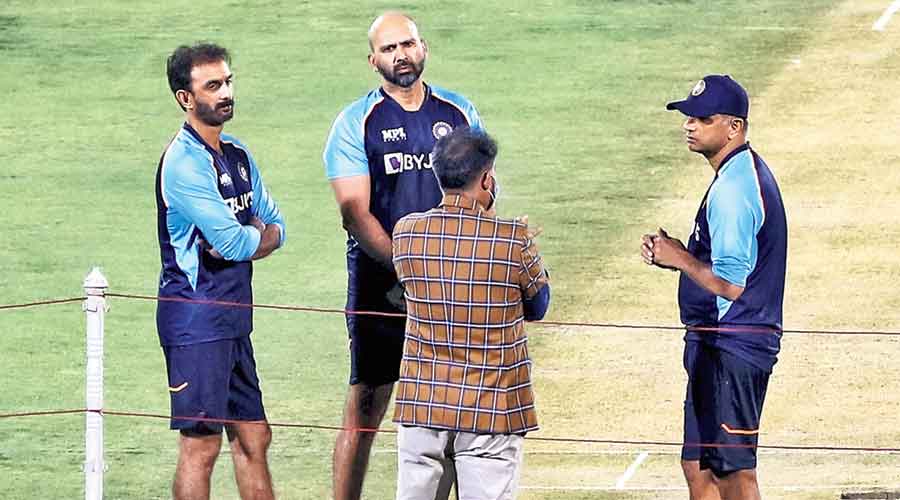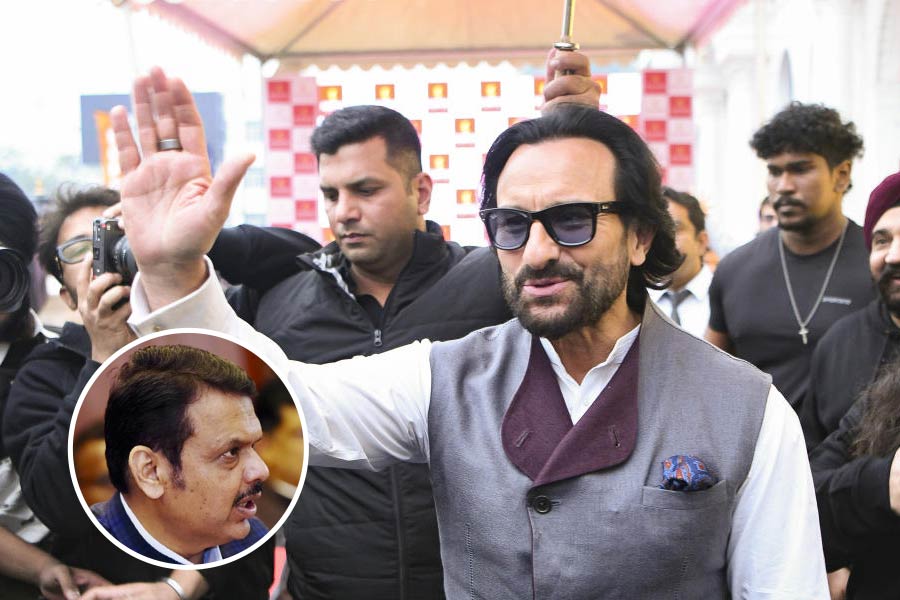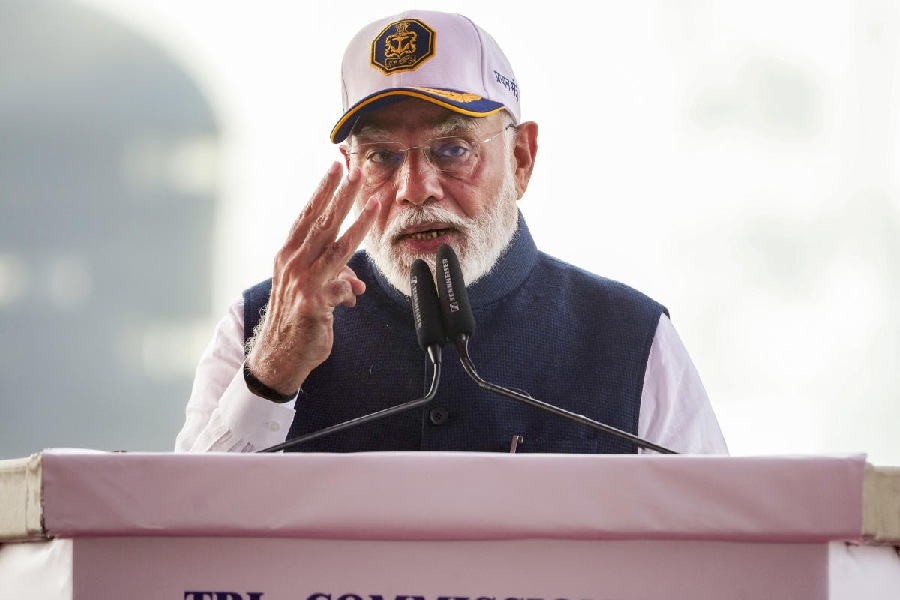Almost a decade ago, on a cold December night in Canberra, Australia, Rahul Dravid, while delivering the Bradman Oration lecture, had told the audience of “something very important” that he shared with Sir Don, cricket’s superlative personality across generations.
“He was, primarily, like me, a No.3 batsman. It is a tough, tough job,” Dravid, then a playing member of the Indian touring team, had said quite early in his speech.
It was not something previously unknown, but did many cricket followers think that way before Dravid mentioned it? For most, the only Indian parallel, that too remotely, one could draw with Bradman, the unparalleled cricketer, started and ended with Sachin Tendulkar.
But then, that’s typical of Dravid, the cricketer known as The Wall — his presence, on and off the pitch, was never with fanfare and yet he was always there, shuffling between our conscious and subconscious realms of cricket.
One assumes his career as coach of Team India will not be much different. He won’t be padded up, but will still be the No.3 batsman with a “tough, tough job”.
His predecessor in the hot seat, Ravi Shastri, thinks Dravid will inherit a team that is not “in transition” and that it will make “the biggest difference”. That roughly means that Dravid will be taking over a finished product, set to take off for greater heights. But that, one doubts, is not the ground reality.
While saying so, one is not belittling Shastri’s achievements as coach. But not being in transition, is not always being in paradise. The current Indian team is like fine linen with its rich depth of talent, but it still requires a master tailor to make it a perfect fit for all sizes (read formats).
Here are some of the bouncers that awaits a helmet-less Dravid in his innings as coach:
Game of balance
Take a few superstars, sprinkle a variety of opinions and add a spoonful of ego; then let all the contents in the bowl boil on persistent flames of scrutiny from a fanatic tribe of followers — the resultant concoction is Indian cricket at the moment.
The situation has become more complicated with Virat Kohli quitting T20I captaincy and the noise over Rohit Sharma, already named skipper in the shortest format, becoming the overall white-ball captain growing every day. Split captaincy may work well for England, but in India, despite the example of the MS Dhoni-Kohli rapport from the past, it might lead to clashes of opinions on multiple fronts.
It will be up to Dravid to walk the tightrope in the dressing room. He needn’t have Shastri’s buddy vibes to deal with this issue, he can do it his own way, just like he would force a venomously rising ball to drop at his feet employing light hands during his playing days.
Eye on future
While on captaincy, it is a fact that if one looks at the broader picture, neither Virat nor Rohit is the issue. Who next after them? That’s the bigger question.
Virat is 33, Rohit is 34, and so India need to groom a captain for the future. The candidates are quite a few — KL Rahul, Rishabh Pant, Shreyas Iyer and maybe even Jasprit Bumrah. To zero in on the right man and then to teach him to walk on the thorny path that Indian cricket captaincy is, it’s as laborious as the innings that Dravid famously played in the company of VVS Laxman at Eden Gardens, Calcutta, against Australia in 2001. Or perhaps even harder.
The good thing is, Dravid, having worked his way up from coaching India U-19 and India A, knows most of these players inside out. Trust him to pick the best man.
Cut the load
Bumrah is an asset to the Indian team. But should he be used across all formats equally or will it be better to preserve him for tougher challenges? Bumrah is one example, but the issue of workload management applies to all other top Indian cricketers.
Not that the previous team managements ignored the workload factor, but it’s a fact that despite all efforts, Team India hasn’t always been judicious enough with its resources. The failure in the T20 World Cup, where the Kohlis looked jaded in crunch games, points to the need for better planning.
With another T20 World Cup lurking next year, and the ODI World Cup in 2023, India need their toughest No.3 to weather all challenges.
No, we are not talking about Kohli.











